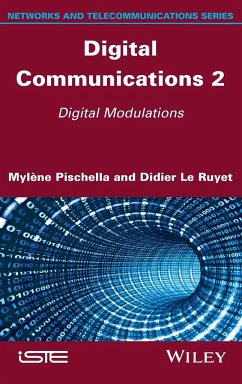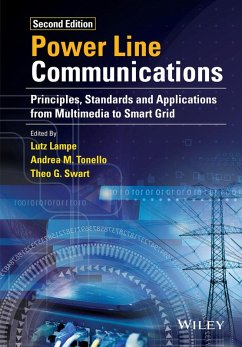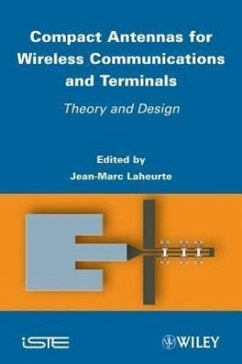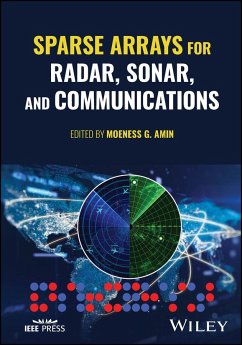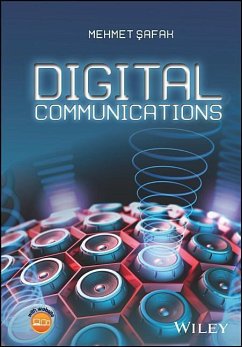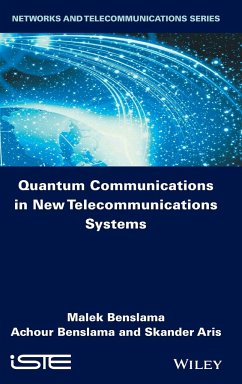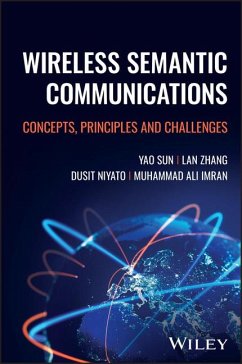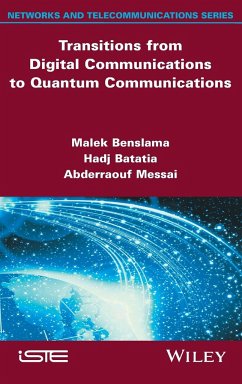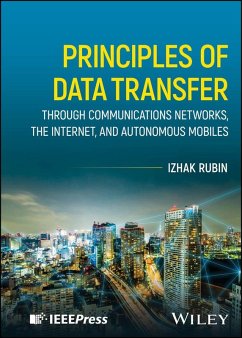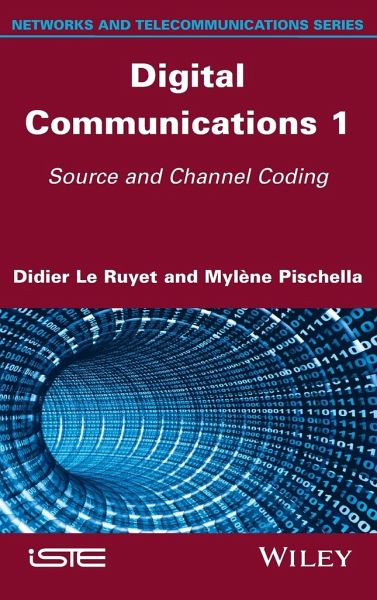
Digital Communications 1
Source and Channel Coding
Versandkostenfrei!
Versandfertig in über 4 Wochen
158,99 €
inkl. MwSt.
Weitere Ausgaben:

PAYBACK Punkte
79 °P sammeln!
The communication chain is constituted by a source and a recipient, separated by a transmission channel which may represent a portion of cable, an optical fiber, a radio channel, or a satellite link. Whatever the channel, the processing blocks implemented in the communication chain have the same foundation. This book aims to itemize. In this first volume, after having presented the base of the information theory, we will study the source coding techniques with and without loss. Then we analyze the correcting codes for block errors, convutional and concatenated used in current systems.




